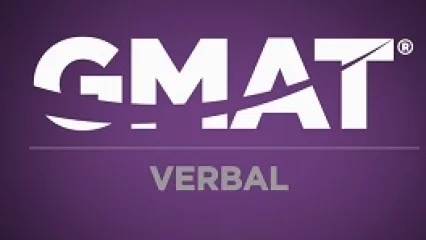For many people parallelism is a subject they haven’t heard of before, so here are some practical tips from one of the experts of The Economist GMAT Tutor. Steve has been tutoring students on the GMAT and GRE for 12 years. He scored 770 on the GMAT, a score that is in the top 1% worldwide.
1. The Problem
Consider the following question:
Practitioners of many ancient world religions, like their modern day counterparts, believed human life to be a term for the preparation of the soul for another form of existence in the afterlife rather than seeing existence as the random but brief result of biological procreation.
How can this be recognized as a parallelism question? The key words here are “rather than”. This indicates that two things are being considered. Those two elements should have the same—or parallel—structure. Parallelism requires that the elements that are parallel should have a similar part of speech (e.g. nouns, conjugated verbs, adjectives, etc.) or structure (e.g. clauses, modifying phrases, etc.). Here, the first part of the sentence uses the phrase “believed human life to be a term”. After “rather than”, the structure starts with “seeing”. You can immediately identify these two structures as not parallel. "Believed" is a conjugated verb, and "seeing" is an unconjugated verb that serves as a modifying phrase.
2. The Solution
Look at the correct option:
that human life was a term for the preparation of the soul for another form of existence in the afterlife rather than a random and
“To be” is changed to the conjugated verb “was,” which now applies to both sides of the sentence. The two sides are “a term” and “a random and brief result.” “Term” and “result” are nouns and the option is therefore parallel. The adjectives before "result" are not a part of the parallel structure, as they simply describe the noun result, which is the second element of the parallelism.
Therefore it is crucial that when you have a list of two or more elements or have certain structures that compare, equate, or contrast elements (e.g. "rather than," "not only... but also," "as...as," etc.) that the elements all be parallel.
3. Learn something else
Before we leave this question, let’s learn as much as we can from it. Notice the sentence as written has “random but”, and the correct option has “random and”. “But” introduces a contrast. You must ask yourself whether there is a contrast here or not. The words “random” and “brief” do not imply a contrast, so they are joined by “and”, rather than “but”.
When preparing, many test takers rush through questions, and as soon as they have the correct answer, they move on. You can learn so much from each question. Take a few moments to consider why all wrong options are in fact wrong. This way you will be learning as much as you can from each question you look at. You also may not always know what the correct answer is but you can eliminate other answer choices that you know are flawed.
Source: The Economist
Benefit from your PrepAdviser 10% discount for The Economist GMAT prep course. The Economist’s GMAT Tutor prep course will help you master each section of the GMAT.
If you want to give it a try you can sign up for a 7-day free trial and see for yourself why this prep course has been rated highly by institutions and test-takers.



